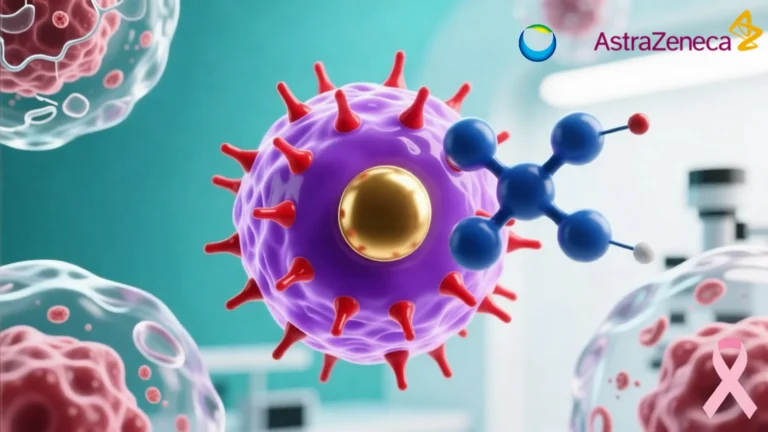
The World Health Organization (WHO) has unveiled its updated Bacterial Priority Pathogens List (BPPL) for 2024, highlighting 15 families of antibiotic-resistant bacteria grouped into critical, high, and medium categories for prioritization. This list serves as a compass for the development of crucial treatments aimed at curbing the spread of antimicrobial resistance (AMR).
AMR occurs when microorganisms like bacteria, viruses, fungi, and parasites become unresponsive to medications, leading to exacerbated illnesses, heightened disease transmission, and increased mortality rates. The misuse and overuse of antimicrobials largely fuel this phenomenon. The revised BPPL integrates fresh evidence and expert perspectives to steer research and development (R&D) efforts towards new antibiotics and to foster global collaboration for innovation.
Dr. Yukiko Nakatani, WHO’s Assistant Director-General for Antimicrobial Resistance ad interim, emphasized the pivotal role of the list in directing investments and addressing the crisis surrounding antibiotic pipelines and accessibility. Since its inception in 2017, the threat posed by antimicrobial resistance has escalated, undermining the effectiveness of numerous antibiotics and endangering the progress achieved in modern medicine.
Critical priority pathogens, such as gram-negative bacteria resistant to last-resort antibiotics and Mycobacterium tuberculosis resistant to rifampicin, pose significant global threats due to their high prevalence, resistance to treatment, and capacity to disseminate resistance to other bacteria. Gram-negative bacteria possess intrinsic mechanisms to develop resistance and can transmit genetic material, perpetuating drug resistance among other bacteria.
High priority pathogens like Salmonella, Shigella, Pseudomonas aeruginosa, and Staphylococcus aureus are particularly burdensome in low- and middle-income nations and present substantial challenges in healthcare settings.
Unique public health challenges are posed by other high priority pathogens such as antibiotic-resistant Neisseria gonorrhoeae and Enterococcus faecium, characterized by persistent infections and resistance to multiple antibiotics, necessitating targeted research and public health interventions.
Medium priority pathogens, including Group A and B Streptococci (new additions to the 2024 list), Streptococcus pneumoniae, and Haemophilus influenzae, impose a significant disease burden, warranting increased attention, especially in vulnerable populations like children and the elderly, particularly in resource-limited settings.
Dr. Jérôme Salomon, WHO’s Assistant Director-General for Universal Health Coverage, Communicable and Noncommunicable Diseases, underscored how antimicrobial resistance compromises the effective treatment of high-burden infections like tuberculosis, resulting in severe illnesses and higher mortality rates.
The BPPL 2024 stresses the necessity of a comprehensive public health approach to combat AMR, including universal access to quality and affordable preventive measures, accurate diagnosis, and appropriate treatment of infections. Such initiatives are vital for mitigating AMR’s impact on public health and the economy.
Changes between the 2017 and 2024 lists include the removal of certain pathogen-antibiotic combinations and the addition of new ones. For instance, third-generation cephalosporin-resistant Enterobacterales are now listed separately within the critical priority category, emphasizing their burden and the need for targeted interventions, particularly in low- and middle-income countries.
Despite Carbapenem-resistant Pseudomonas aeruginosa (CRPA) infection transitioning from critical to high priority in BPPL 2024 due to global resistance decreases, investment in R&D and prevention/control strategies for CRPA remains crucial given its significant burden in certain regions.
The WHO BPPL 2024 features critical, high, and medium priority bacteria, reflecting the dynamic nature of AMR and the need for tailored interventions. Customizing the list to country and regional contexts can accommodate regional variations in pathogen distribution and AMR burden, addressing emerging concerns like antibiotic-resistant Mycoplasma genitalium not included in the list but increasingly problematic in certain regions.




